Skyscraper-sized asteroid to buzz Earth! Clocked at 42512 kmph by NASA
This Apollo group asteroid will pass Earth at a very close distance today! Know details such as its speed, distance, and size, as per NASA.
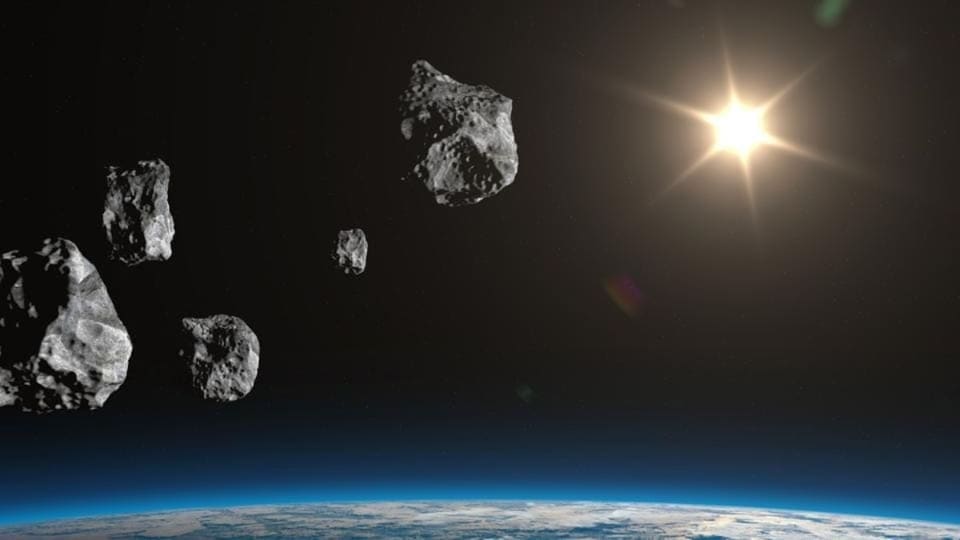
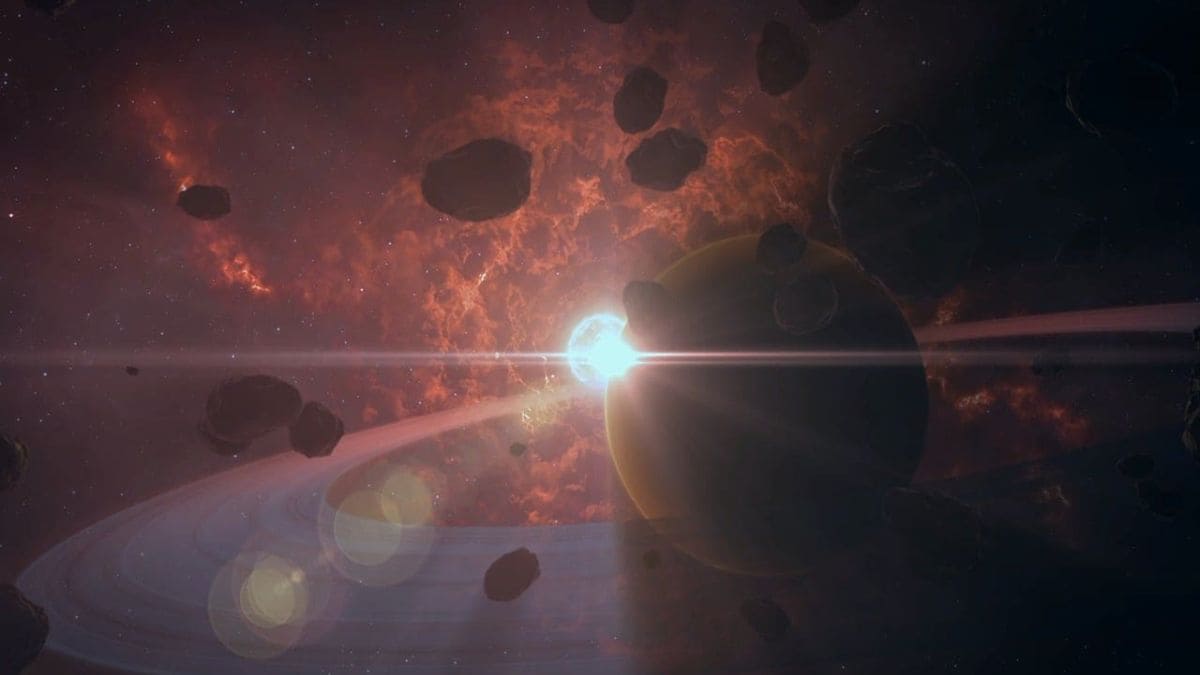
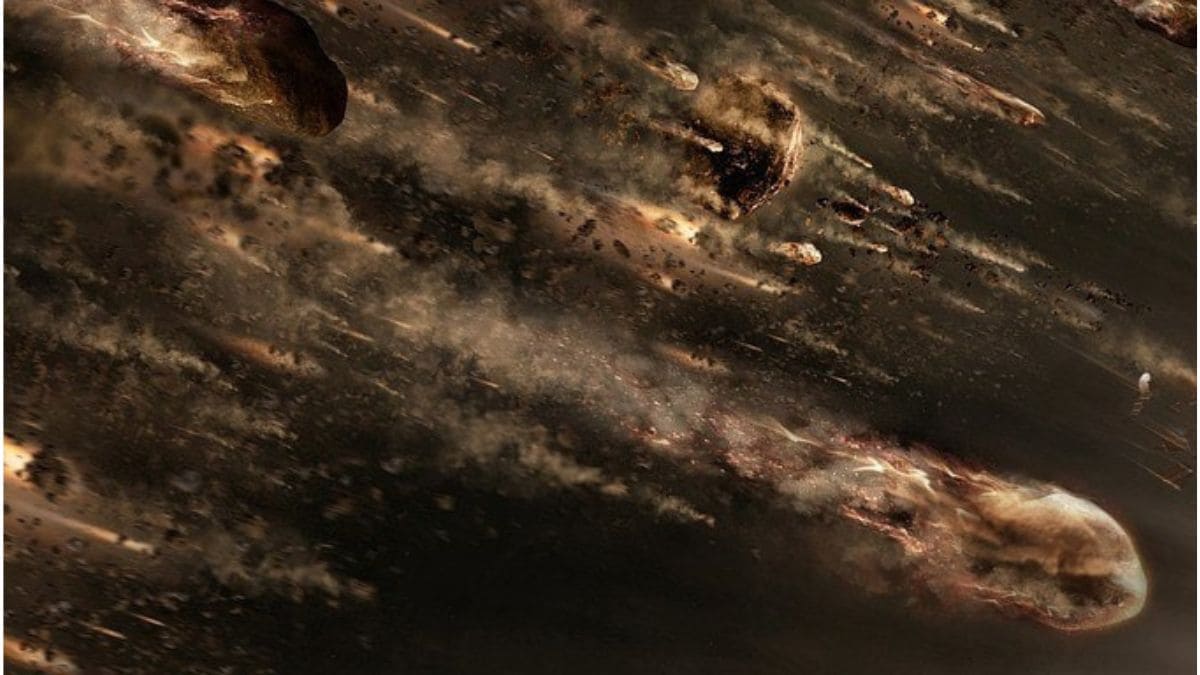
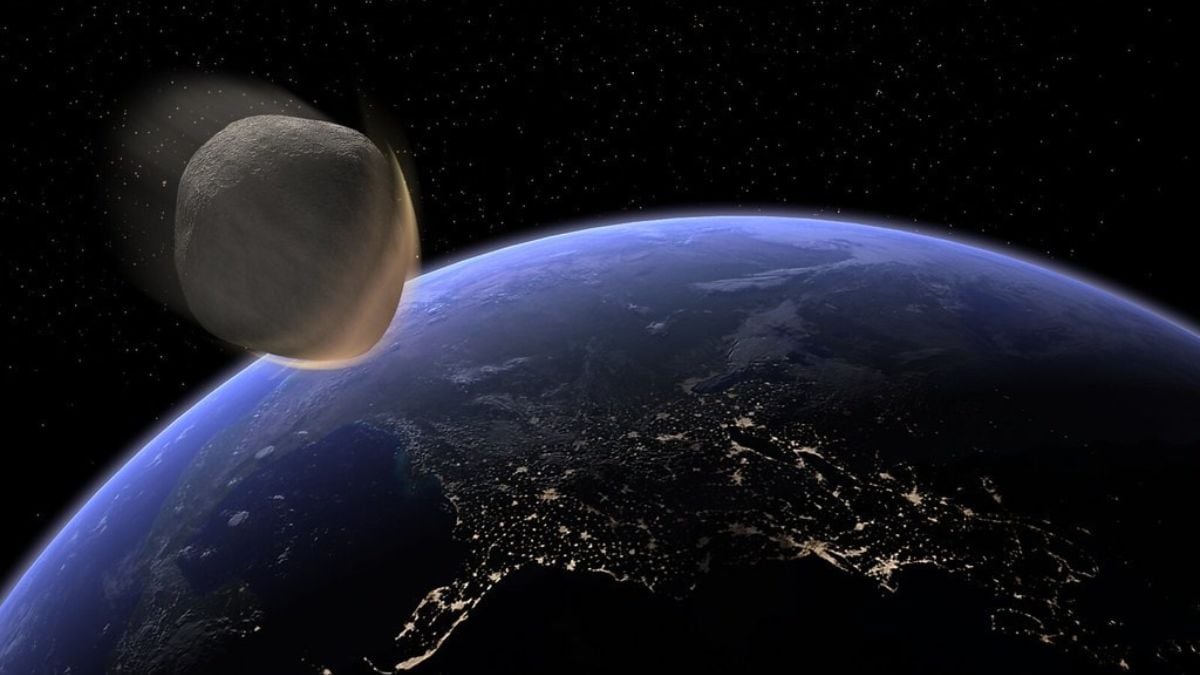
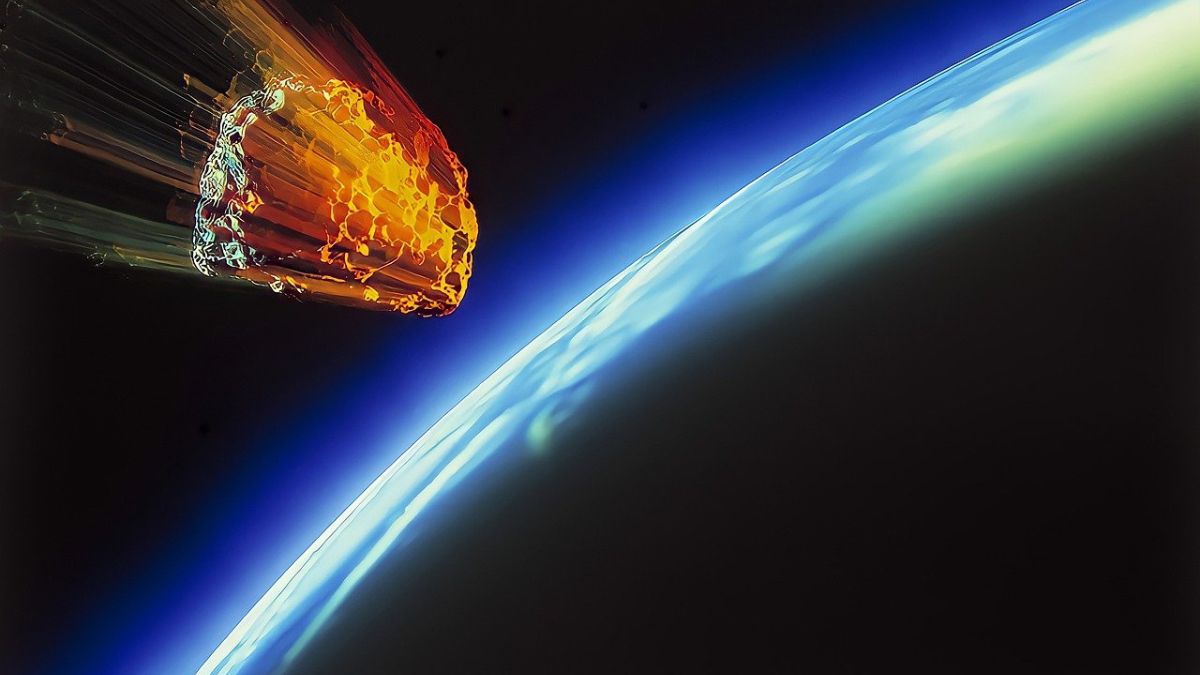
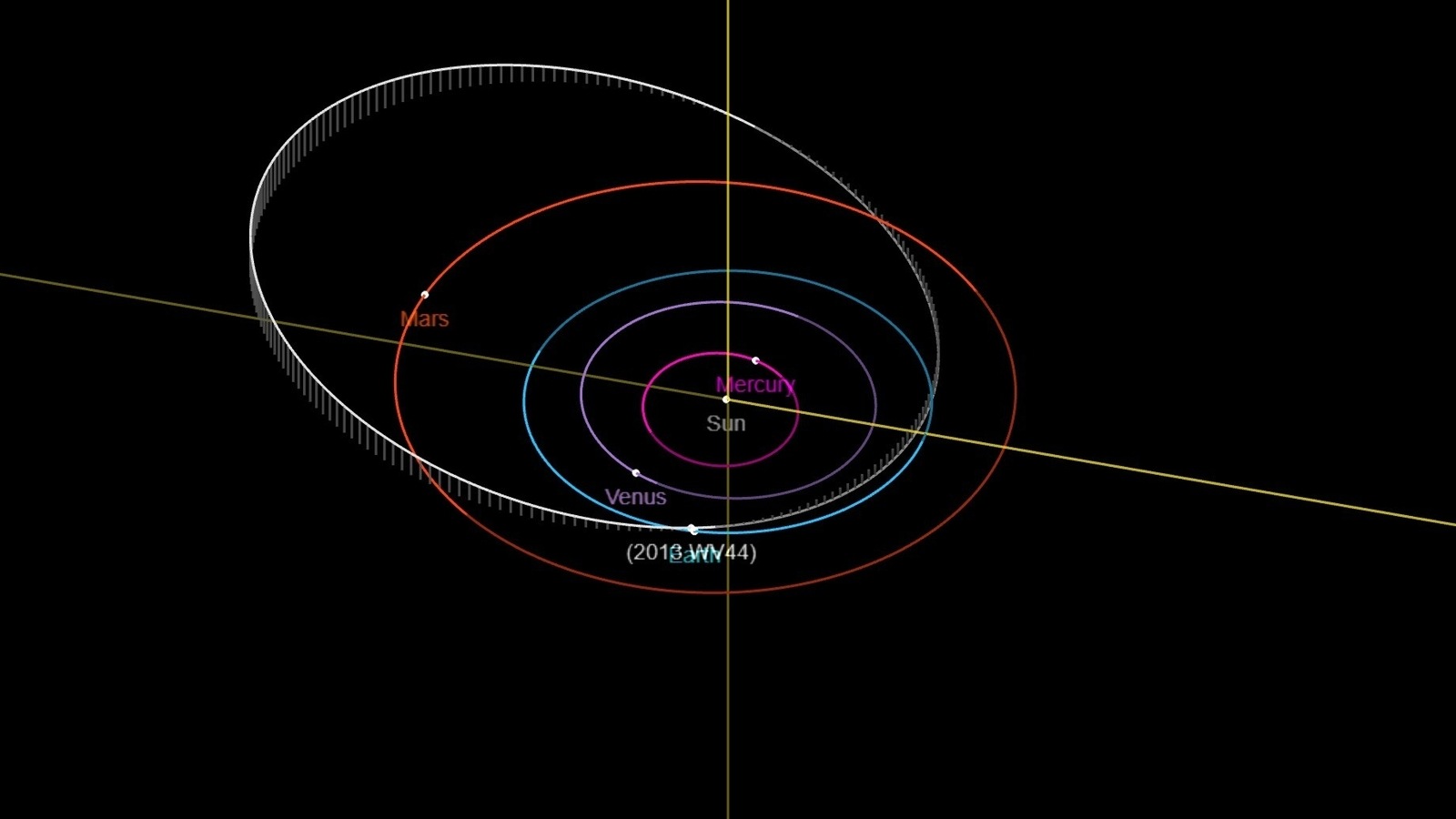
 View all Images
View all ImagesAsteroids are considered ancient debris left over from the early formation of the solar system about 4.6 billion years ago. Despite existing in abundance in space, only a handful of spacecraft have ever interacted with these space rocks. One of the close interactions took place last year as NASA's DART Test resulted in the successful diversion of asteroid Dimorphos from its path. But efforts to study asteroids are not new. Back in 2017, NASA launched the Dawn spacecraft which orbited Vesta, one of the largest asteroids in the asteroid belt with a diameter of about 525 kilometers. It arrived in 2011 and orbited the asteroid for over a year before leaving to explore dwarf planet Ceres.
While it has not been close studied yet, NASA has tracked an asteroid that is expected to make its closest approach to Earth today.
Asteroid 2013 WV44 details
NASA has an organization in place called Planetary Defense Coordination Office, which is responsible for monitoring the skies and keeping a watch on various Near-Earth Objects (NEOs). It has issued a warning against an asteroid designated as Asteroid 2013 WV44. This Near-Earth Asteroid (NEA) is expected to make its closest approach to Earth today, June 28. Whilst this asteroid will come very close to the planet, it is not expected to impact the surface. According to NASA, Asteroid 2013 WV44 will pass by Earth at a distance of around 3.4 million kilometers.
What's concerning about this space rock is its mammoth size. With a width of almost 300 feet, Asteroid 2013 EV44 is nearly as big as a skyscraper! It is already on its way towards the planet, travelling at a blistering speed of 42512 kilometers per hour.
Furthermore, it belongs to the Apollo group of Near-Earth Asteroids, which are Earth-crossing space rocks with semi-major axes larger than Earth's. These asteroids are named after the humongous 1862 Apollo asteroid, discovered by German astronomer Karl Reinmuth in the 1930s.
Catch all the Latest Tech News, Mobile News, Laptop News, Gaming news, Wearables News , How To News, also keep up with us on Whatsapp channel,Twitter, Facebook, Google News, and Instagram. For our latest videos, subscribe to our YouTube channel.





























